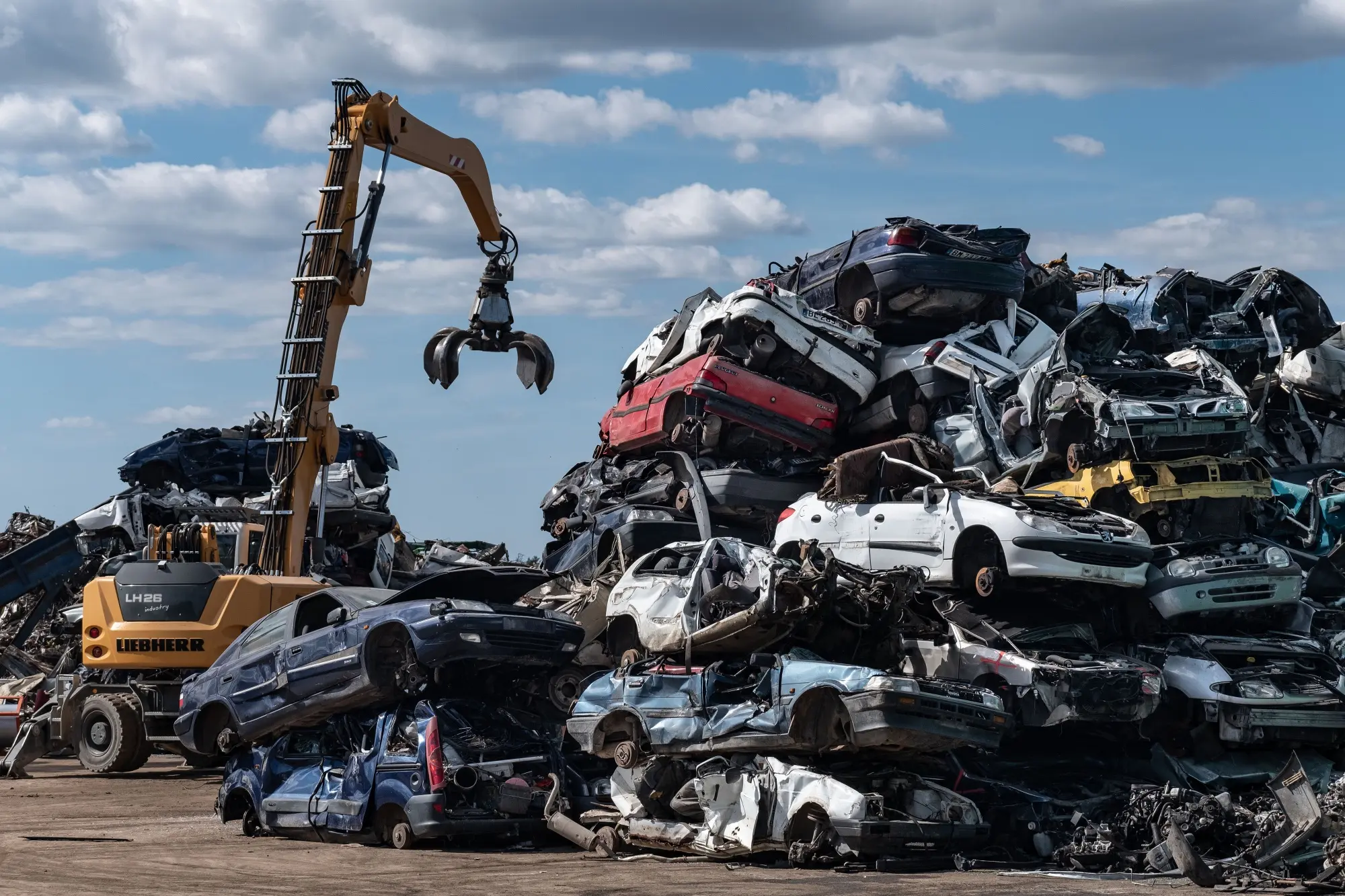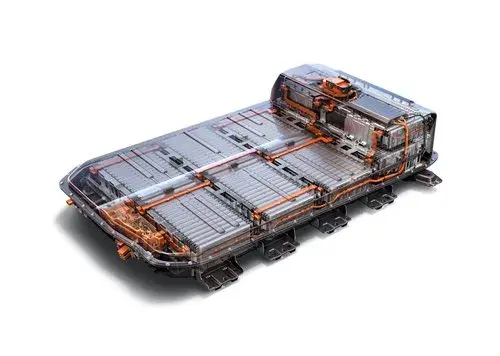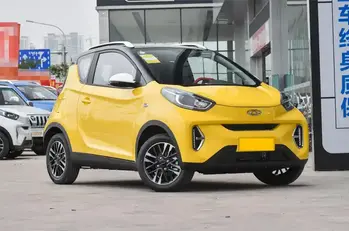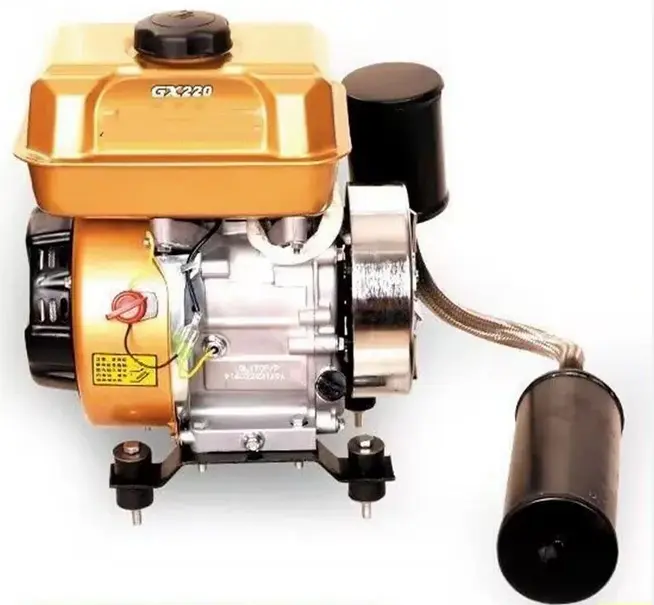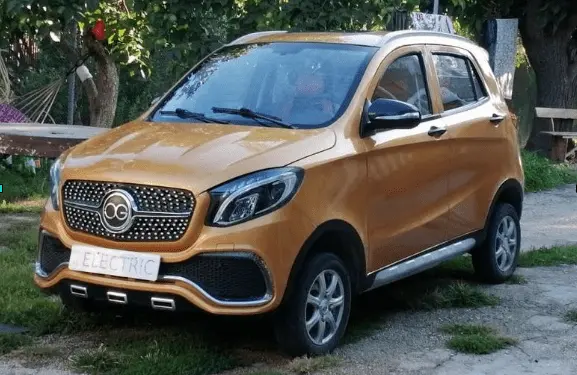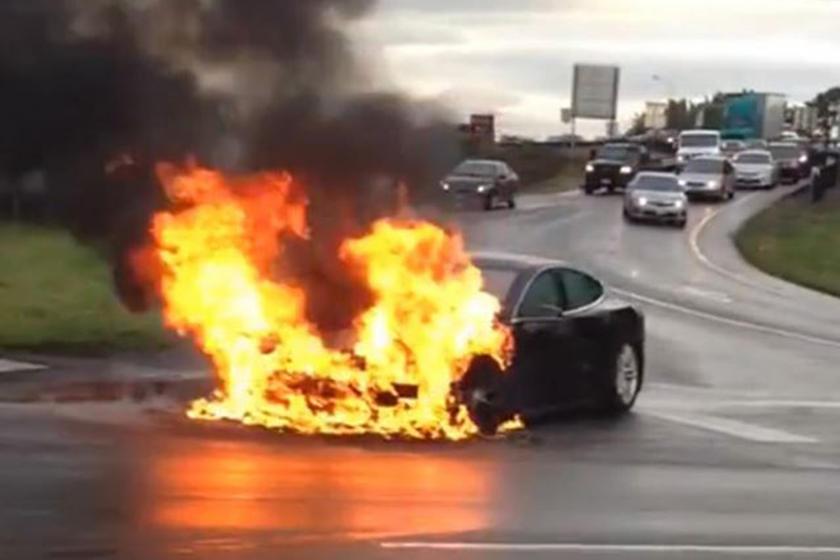
New technologies are already in place to solve the issue of exploding and burning batteries.
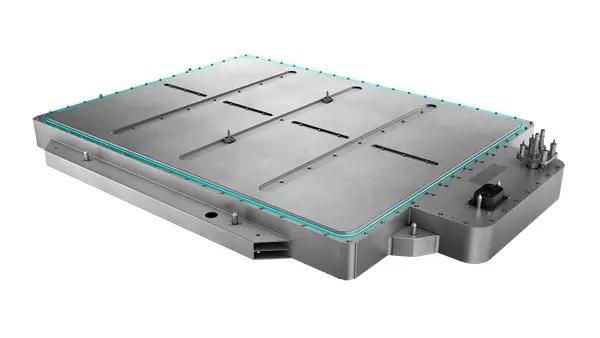
Unfortunately, many people are very quick to condemn electric vehicles on the basis that they are unsafe from the accounts of burning batteries. We hear cries of “I would never change my ICE for an EV because they burn”. Those people are never happy unless they can find a reason to condemn EVs, regardless of the reasons, true or false.
the Burning Batteries Myth will pass into history
Yes, some EVs have burst into flames, but put it into context. There are more vehicles of all types on the road now than in the history of the world. It’s actually very very few which have such problems. Statistics show that out of every 100,000 EVs only 25 catch fire. Statistics also show that out of every 100,000 petrol cars, 1,500 catch fire.
EVs are 60 times safer from fire than ICEs.
We are also at the beginning of a new phase in EV development. A new phase because at one time in history, there were more EVs on the road than ICEs. The reason was that petrol was not easily available – exactly the situation which owners now complain of with EVs and charging points.
No burning batteries because lithium was not used in the early batteries and almost all electric cars were charged at home. Petrol was only available from the corner shop in cans. Eventually, petrol pumps appeared everywhere and by comparison, EV charging points were scarce.
The death of the EV in the early 1900s
That was the decline of the EV. No-one comments on the effort and dangers of the early ICE motor cars with their *sprags and exploding engines. All that is conveniently forgotten. The fact that petrol was so scarce that the worthy Mercedes (then still Benz) actually ran on powdered coal. Gas cars were also built – and exploded. Gas cars had large bags of gas on the roofs of the cars to provide gravity feed to the ICE.
So what about the exploding batteries in modern EVs? We are at the development stage just as ICE was in the late 1800s. This problem of lithium which burns at around 2000C so is difficult to extinguish, will not continue. Already car manufacturers are adopting other materials rather than lithium, which as we know, burns and is difficult and expensive to produce. Several new technologies already exist – some in the development stage and some already in production.
The days of the lithium battery are already numbered. The new materials don’t burn like lithium does.
For example, the second most abundant element on the earth next to oxygen, is silicon. Silicon batteries have already been manufactured and are still under improvement. This is not because of the dangers of lithium. Because of the abundance of silicon, they will be cheaper, hold more power, and be lighter than lithium whilst charging in typically 6 minutes rather than 20 and 40 minutes. Aluminium batteries are another type under development and are as silicon, cheaper, lighter and store more power. Sodium batteries too are being developed. None of them use lithium anodes.
Several of the top manufacturers such as BMW and Toyota along with others, have already embraced the new technology and have designs and even vehicles, built to use these new batteries.

So why aren’t we seeing the new batteries?
One of the biggest problems is that as batteries are charged and discharged, the materials crack and this is why they eventually lose their charge capabilities. So why aren’t we seeing more of the new batteries? That’s simple. Factories cost millions upon millions of dollars to set up and run. companies are reluctant to drop everything and build a new factory or even retool a complete factory for the new developments in case an even better option comes along which would require them to change yet again.
Science is expanding the horizons of battery development at such a fast pace that no one would be able to keep pace financially at the moment. Just as the coal-powered Benz passed into history, I believe that so will the lithium battery. EVs will become cheaper consequently with longer ranges and faster charging times.
*Sprags were metal rods suspended under the vehicle . The rod had a point at one end which was dropped onto the road and prevented the vehicle from rolling backwards when parked by digging into the road surface.

